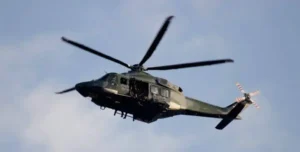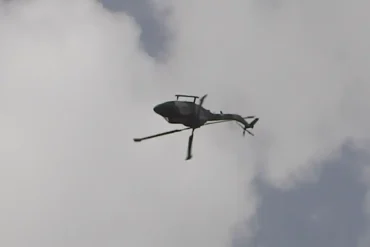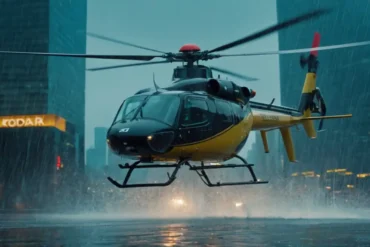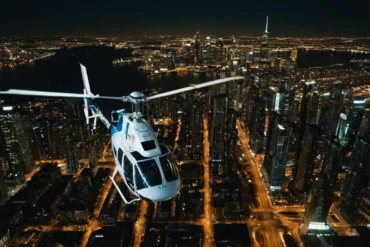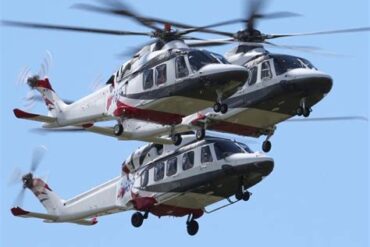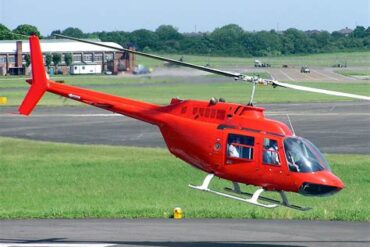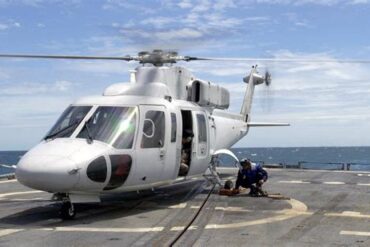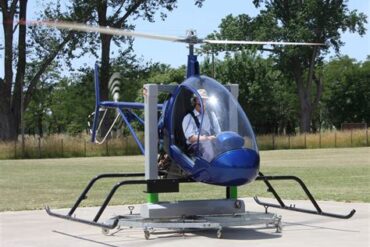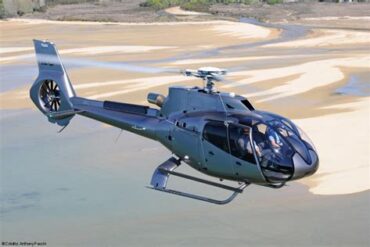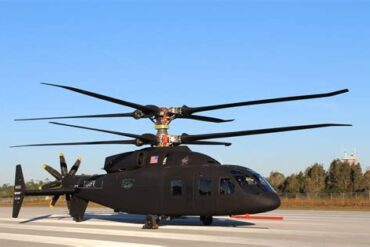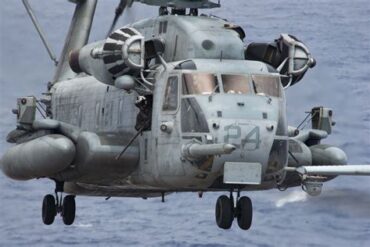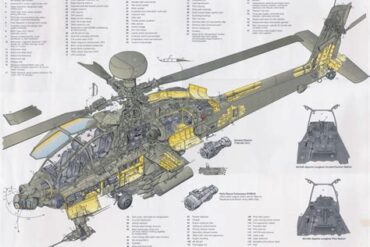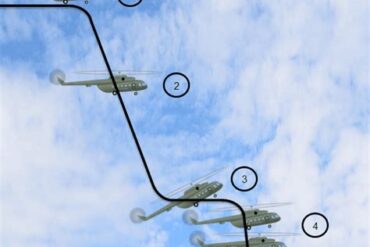The unmistakable “whoop-whoop” of helicopter blades is a familiar sound to many of us. But where does that sound actually come from? While the spinning blades play a role, there’s a deeper story behind those noisy decibels.
The loud noise of helicopters happens when a vortex created above the spinning main rotor hits the next blade. This makes the blades vibrate and causes the unique chopping sound.
Why Do Helicopters Make That Chopping Noise?
The distinctive chop-chop noise of helicopters is caused mainly by a concentrated whirlwind of air made by the main rotor. Detailed research by the German Aerospace Center found that most of the noise comes from this vortex bumping into the spinning blades.
The main rotor’s main job is to create thrust and lift the helicopter up. As it spins around, the air pressure above the blades drops while the pressure below increases. This difference in air pressure pushes the helicopter upward, and makes the unique sound we associate with helicopters.
Air flows around the blades to balance out the air pressure. Above the blades, the air gets warmer because of the lower pressure, and gets trapped under the cooler, low-pressure air rising from below. This interaction creates a focused vortex.
When this vortex hits the next blade, it makes the blade vibrate in what’s called “blade-vortex interaction.” These vibrations in the blades create the distinctive resonant sound we think of when we hear a helicopter.
How Noisy is a Helicopter Flight?
According to the Helicopter Association International (HAI), the noise level of a helicopter flying at 500 feet is around 87 decibels. At 1,000 feet, that noise drops to about 78 decibels. For comparison, a vacuum cleaner is about 75 decibels, while a power lawn mower is around 90.
The noise heard inside the helicopter, especially for passengers and pilots, is much louder – usually around 97 decibels.
Ways to Reduce Helicopter Noise
Efforts to reduce helicopter noise start at the design phase, using methods that target the main sources of sound. There are also operational techniques pilots use during flights to further cut down on noise.
Helicopters tend to make more noise when turning, which affects the air vortices around the blades. Decelerating also increases the noise, especially when turning into the advancing blade and during steep descents.
Actions like minimizing turns and avoiding deceleration while turning help reduce the noise from blade-vortex interaction. Choosing shallow approaches rather than steep descents also lowers noise levels.
To decrease in-flight noise for pilots and passengers, specialized aviation headsets with noise-canceling features are used. These headsets have communication systems so everyone on board can talk effectively.
It’s important to note the chopping sound isn’t the only noise helicopters make. The engine and tail rotor also contribute to the overall noise. Manufacturers use various techniques to reduce all these different sounds. For example, helicopters used in the mission to get Osama Bin Laden had modifications to limit noise. Adjustments to blade pitch and speed helped minimize the impact of blade-vortex interaction.
